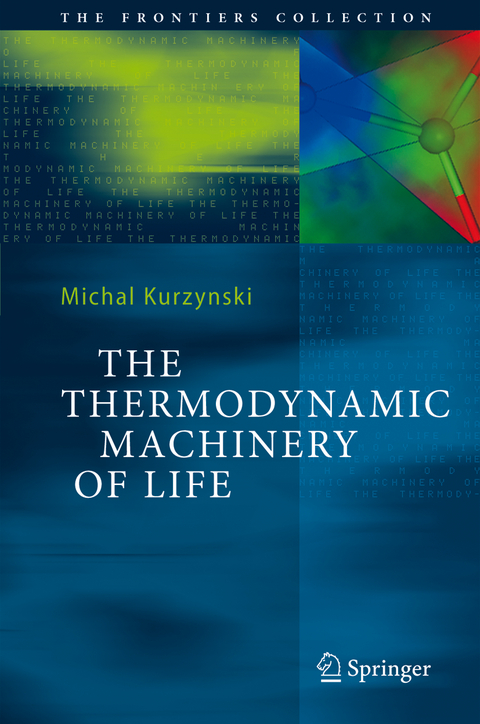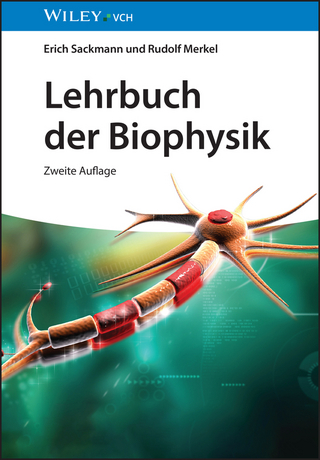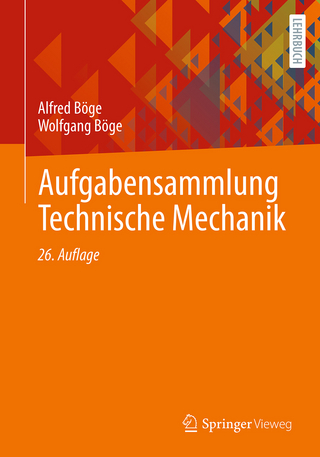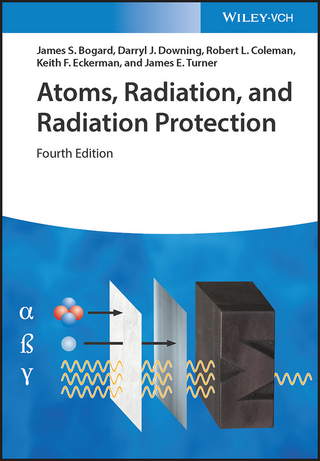
The Thermodynamic Machinery of Life
Springer Berlin (Verlag)
978-3-642-06284-1 (ISBN)
The Thermodynamic Machinery of Life presents the relevant foundations of nonequilibrium thermodynamics as applied to biological processes taking place at the subcellular level. The biological cell is considered as a complex open thermodynamic system far from equilibrium that enzymatically controls various biochemical reactions and transport processes across internal and the cytoplasmatic membrane. The enzymatic free energy and signal transduction processes are described in detail. All the biological molecular machines, also pumps and motors are considered to be effective chemo-chemical free energy transducers. Special attention is paid to the role of the mesoscopic internal dynamics of biomolecules in the activity control of enzymes and the action of molecular machines.
Biophysics: An Experimental Tool of Biology or the Physics of Animate Matter?.- Statistical Description of Matter.- Thermodynamic State.- Origins and Evolution of Life.- Molecular Biology of the Eukaryotic Cell.- Chemical Reactions.- Enzymatic Catalysis.- Biological Free Energy Transduction.- Lack of Partial Thermodynamic Equilibrium.- Thermodynamic Supplement.- Stochastic Processes.- Structure of Biomolecules.- Dynamics of Biomolecules.
From the reviews:
"The book seamlessly presents the historical and philosophical evolution of a fundamental principle ... and develops the implications of the principle in a staggeringly wide range of contexts. ... a work that is engaging, lucid and supremely approachable. ... the warmth and sincerity of the writing make this book a joy ... . Highly recommended." (Philosophy, Religion and Science Book Reviews, bookinspections.wordpress.com, May, 2014)| Erscheint lt. Verlag | 12.2.2010 |
|---|---|
| Reihe/Serie | The Frontiers Collection |
| Zusatzinfo | XIV, 431 p. 150 illus. |
| Verlagsort | Berlin |
| Sprache | englisch |
| Maße | 155 x 235 mm |
| Gewicht | 674 g |
| Themenwelt | Naturwissenschaften ► Physik / Astronomie ► Angewandte Physik |
| Schlagworte | Biological molecular machines • Biophysics • catalysis • chemical reactions • Cytoplasma • Enzymatic catalysis • enzymes • Molecular Biology • Nonequilibrium Thermodynamics • Physiology • signal transduction • thermodynamics |
| ISBN-10 | 3-642-06284-9 / 3642062849 |
| ISBN-13 | 978-3-642-06284-1 / 9783642062841 |
| Zustand | Neuware |
| Haben Sie eine Frage zum Produkt? |
aus dem Bereich


